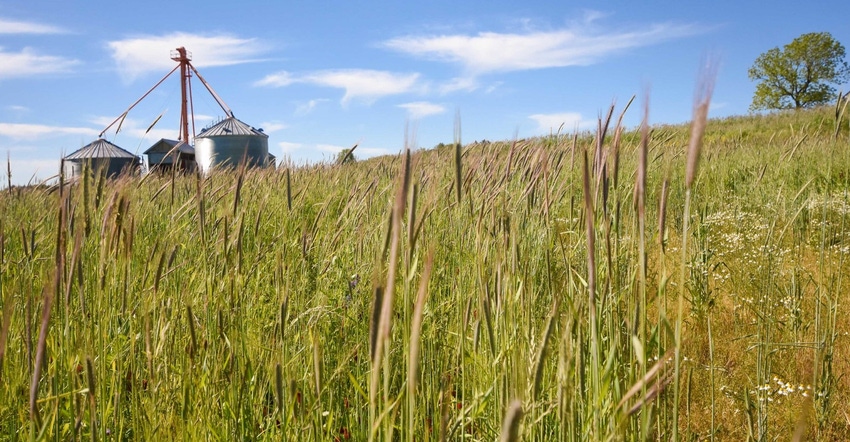
Building on a successful launch in 2021, USDA’s Risk Management Agency is offering agricultural producers who planted cover crops during the 2022 crop year a premium discount on their crop insurance policies. To receive the benefit from this year’s Pandemic Cover Crop Program, producers must report cover crop acreage by March 15, 2022.
PCCP was first offered in 2021, and producers with crop insurance received $59.5 million in premium subsidies for 12.2 million acres of cover crops. PCCP was first launched to help farmers maintain their cover crop systems, despite the financial challenges posed by the pandemic.
While speaking before the House Agriculture Committee Feb. 7, USDA Undersecretary for Farm Production and Conservation Robert Bonnie says the department was surprised by the initial interest in the program in 2021 and had anticipated only 5 million acres of enrollment, less than half of what was actually achieved. He says these incentives are important in pairing desired climate-smart practices with programs already utilized by producers.
PCCP provides premium support to producers who insured their crop with most insurance policies and planted a qualifying cover crop during the 2022 crop year. The premium support is $5 per acre, but no more than the full premium amount owed. Illinois, Indiana and Iowa have existing programs for producers to receive a premium benefit for planting cover crops. In these states, participating producers will receive an additional benefit.
“Cultivating cover crops requires a sustained, long-term investment and the economic challenges of the pandemic made it financially challenging for many producers to maintain cover crop systems,” says RMA Administrator Marcia Bunger. “Producers use cover crops to improve soil health and gain other agronomic benefits, and this program will reduce producers’ overall premium bill to help ensure producers can continue this climate-smart agricultural practice.”
All cover crops reportable to FSA are eligible and include cereals and other grasses, legumes, brassicas and other non-legume broadleaves, and mixtures of two or more cover crop species planted at the same time.
To receive the benefit for this program, producers must file a Report of Acreage form (FSA-578) for cover crops with USDA’s Farm Service Agency by March 15, 2022. The cover crop fields reported on the Report of Acreage form must match what the producer reported to their insurance company for crop insurance policies. To file the form, producers must contact and make an appointment with their local USDA Service Center.
About the Author(s)
You May Also Like






